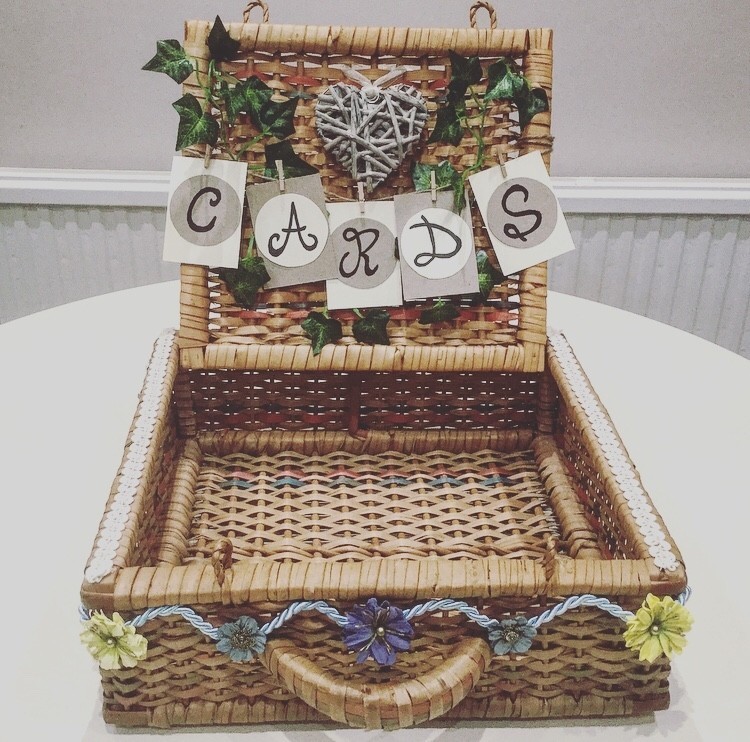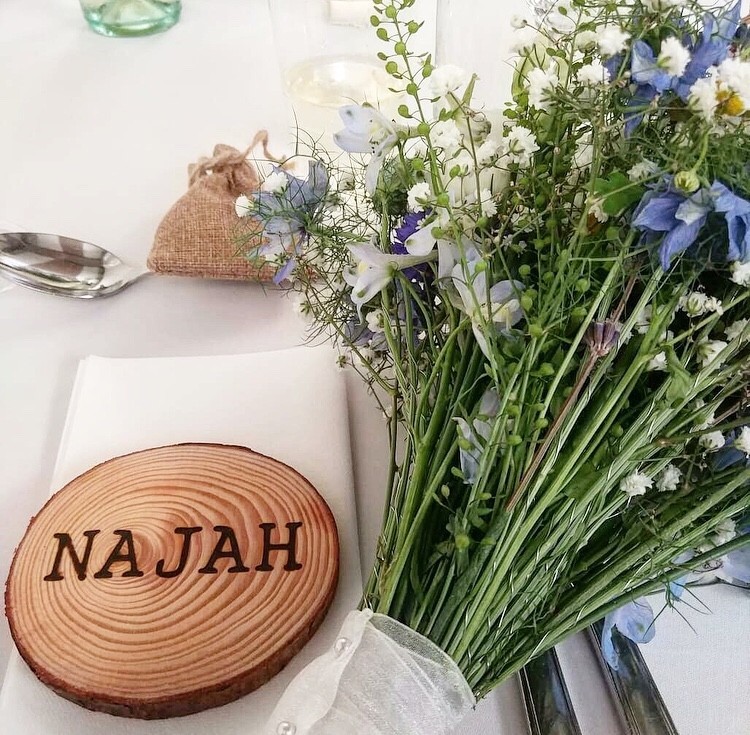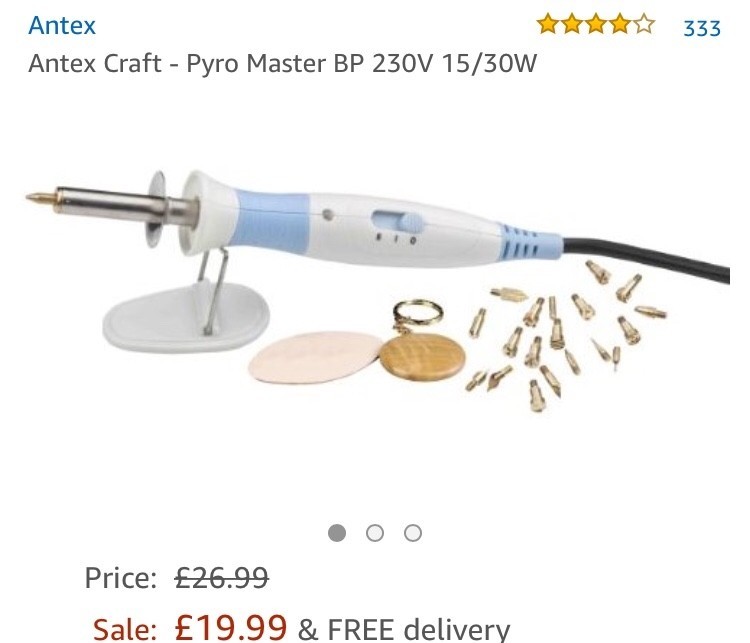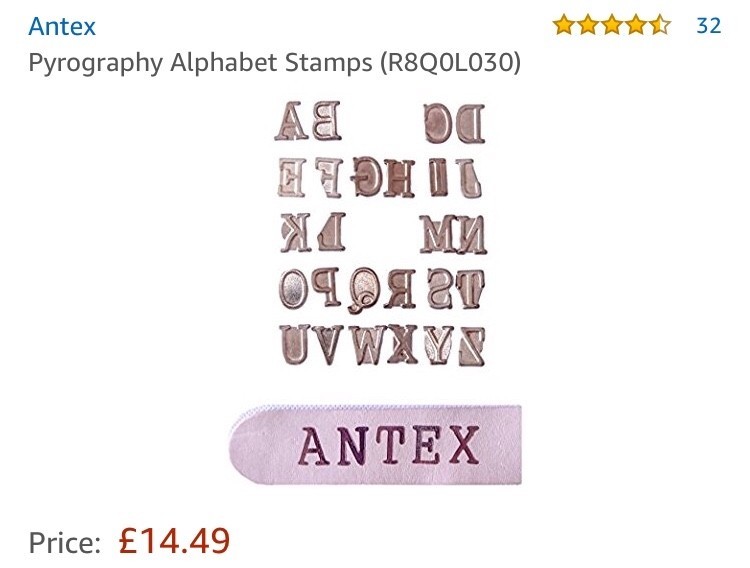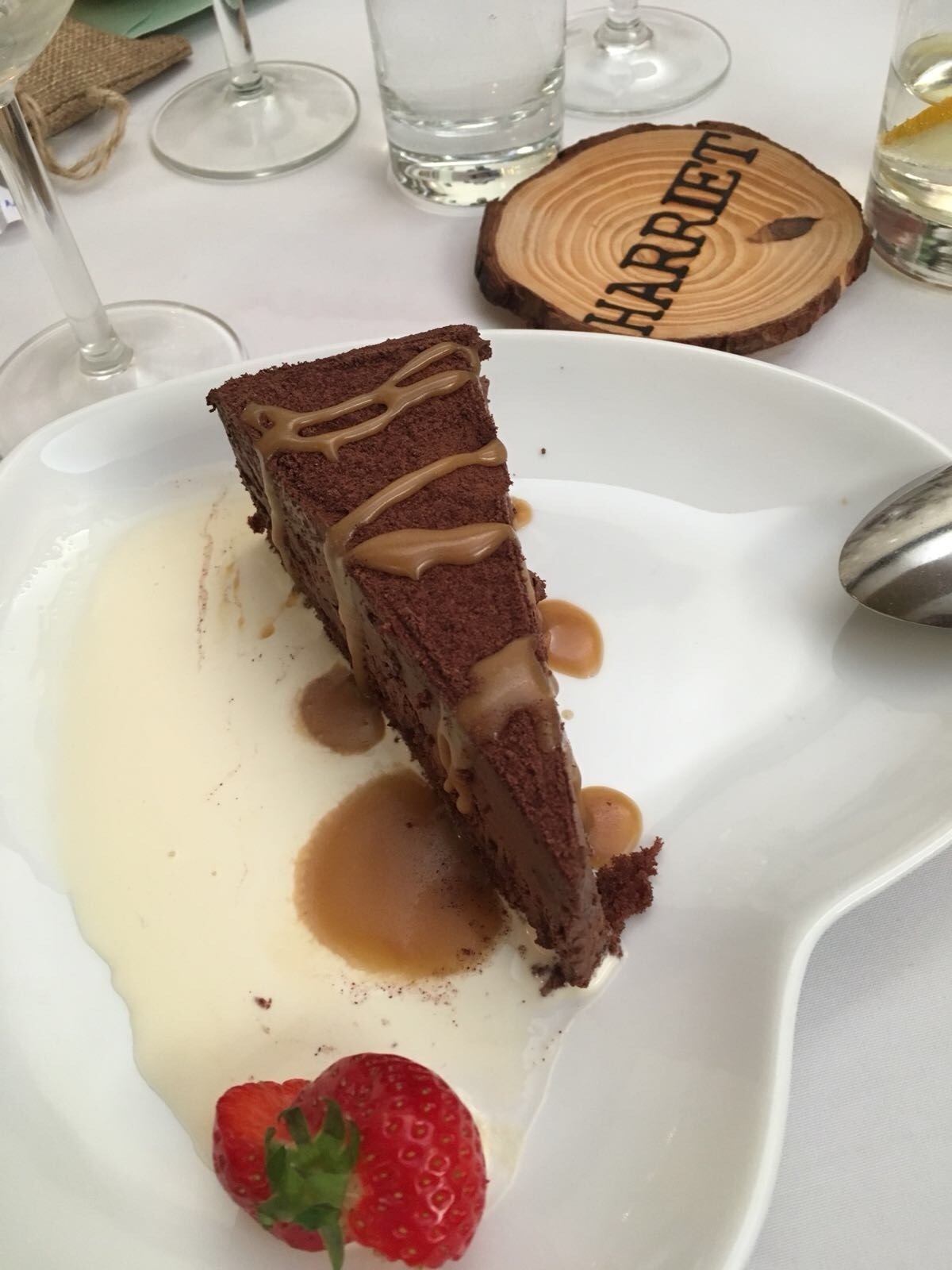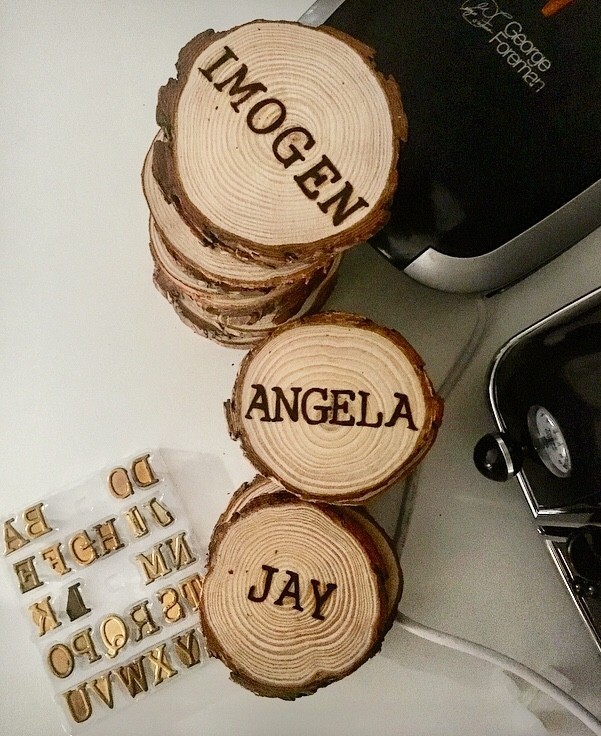

If you’re looking for beautiful, handmade hangers for your wedding party dresses, there’s a load of choice out there – my Pinterest wedding board knew this well. But amidst the endless pay-outs that come with planning a wedding, you might not really want to start spending more money.
So why not make them yourself? It’s really easy (and fun too), I promise!
Decoupage sounds fancy (it’s a French word, of course it does), but it’s basically just a case of gluing pieces of paper onto something else to make it look prettier. Totally accessible for even the most amateur crafter.
Ready to make some basic wooden coat hangers look really pretty?
As with most decoupage projects, this one requires a fair few ‘glue-drying’ cycles. So it’s super easy, but maybe not one to leave until the night before!
What you need:
- Wooden coat hangers – such as these from Argos
- Decoupage paper – I used a range of different colours for the bridesmaids’ hangers, and then a single white sparkly paper for mine. Hobbycraft do a great range here
- Decoupage glue – I used Mod Podge, which was my new best friend after making my foil monogram letters
- Black Sharpie pen
- Plain card for writing names – mine was Hobbycraft Kraft Brown Premium Card, which I also used for our orders of service
- Scissors
- Sponge brush or thick paintbrush to apply the glue
What to do:
- First, cut out rectangles of your plain card that are just a bit smaller than the top section of your hanger
- Using your black Sharpie pen, write your first bridesmaid’s name onto the card. I used an online calligraphy generator to stylise the script (my handwriting isn’t great, but I’m a pretty good copier!)
- Let your ink dry, and then glue your name label to the front of the hanger
- Next, you’re ready to decoupage! Apply a layer of glue to the front of your hanger, also making sure to cover your name label
- Tear up your decoupage paper, and start sticking pieces onto the front of the hanger. You can mix up different colours and different-sized pieces as much as you like. Make sure that you don’t cover up your name label, but overlap onto the card slightly to soften the edges
- Now it’s a bit of a waiting game – you’ll need to let your front side dry before you start working on the back and sides (unless you want to come back and find your hanger stuck to the table!) I did the front side of all six hangers in one go to speed this stage up
- Once dry, do the same tear and stick job on the back and sides of your hangers – and let dry again
- Repeat these steps for both sides one more time to get good coverage – sometimes the paper can look a little see-through if you only do one layer
After you’re happy with the effect, all you have to do is sit through one more drying cycle, and your hangers are ready to go.
Cheap, personal and handmade all the way!
As always, I would absolutely LOVE to see your photos if you try this out – so hit me up crafters…










